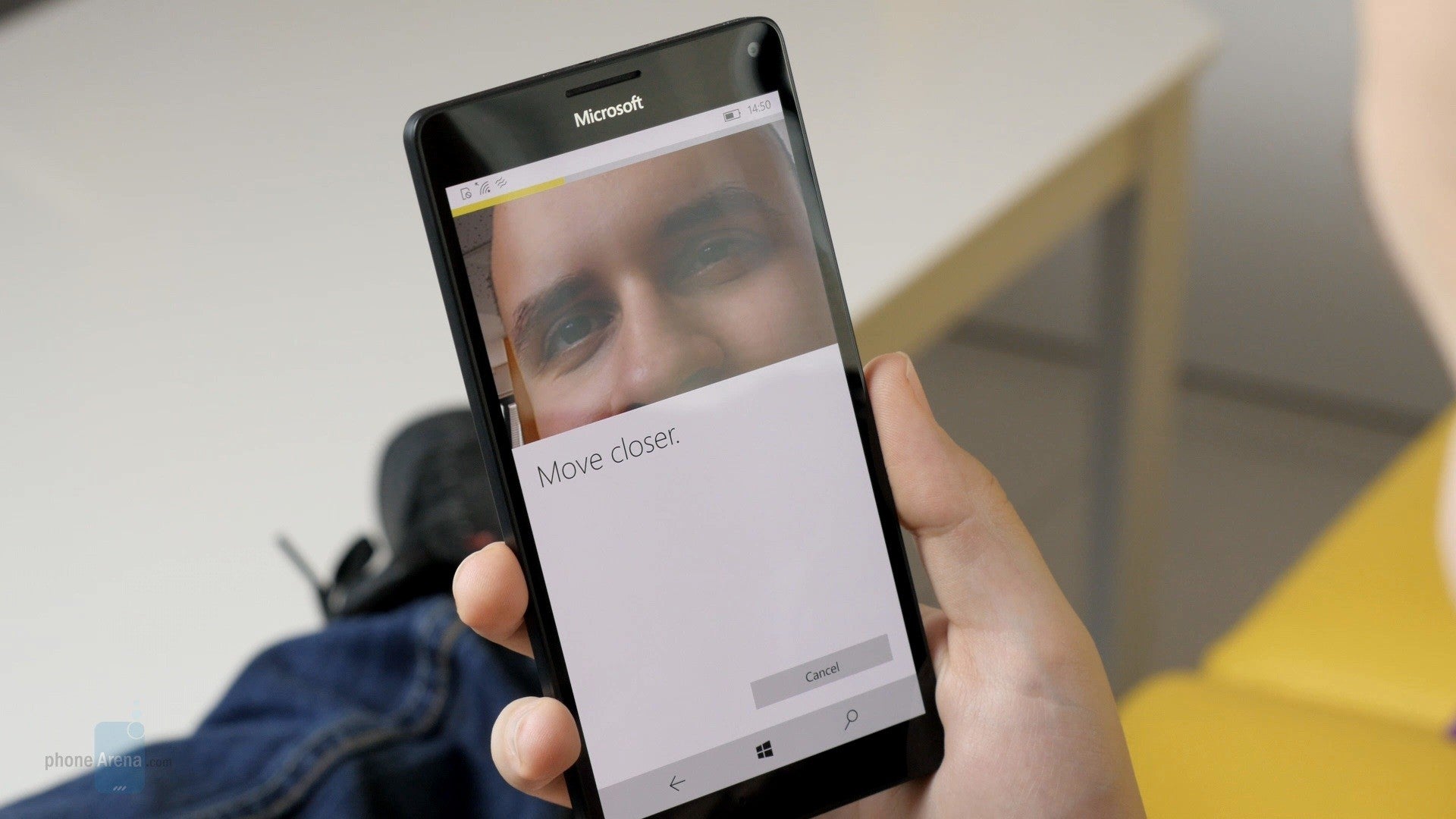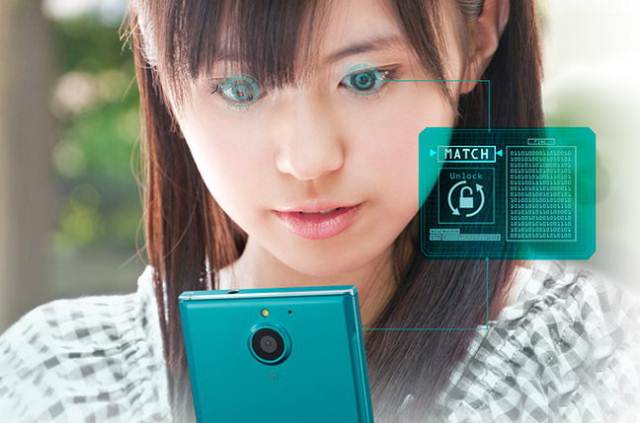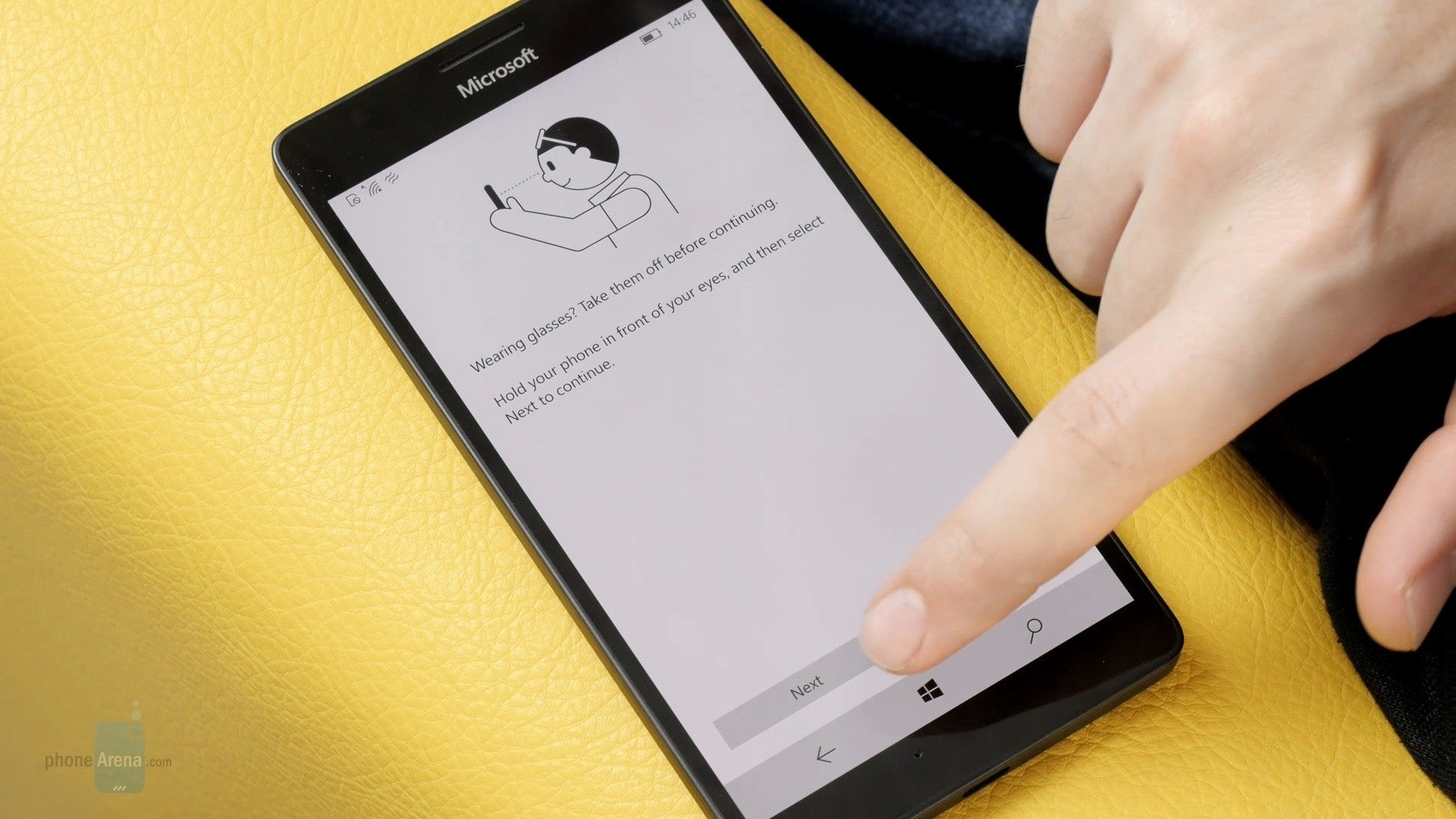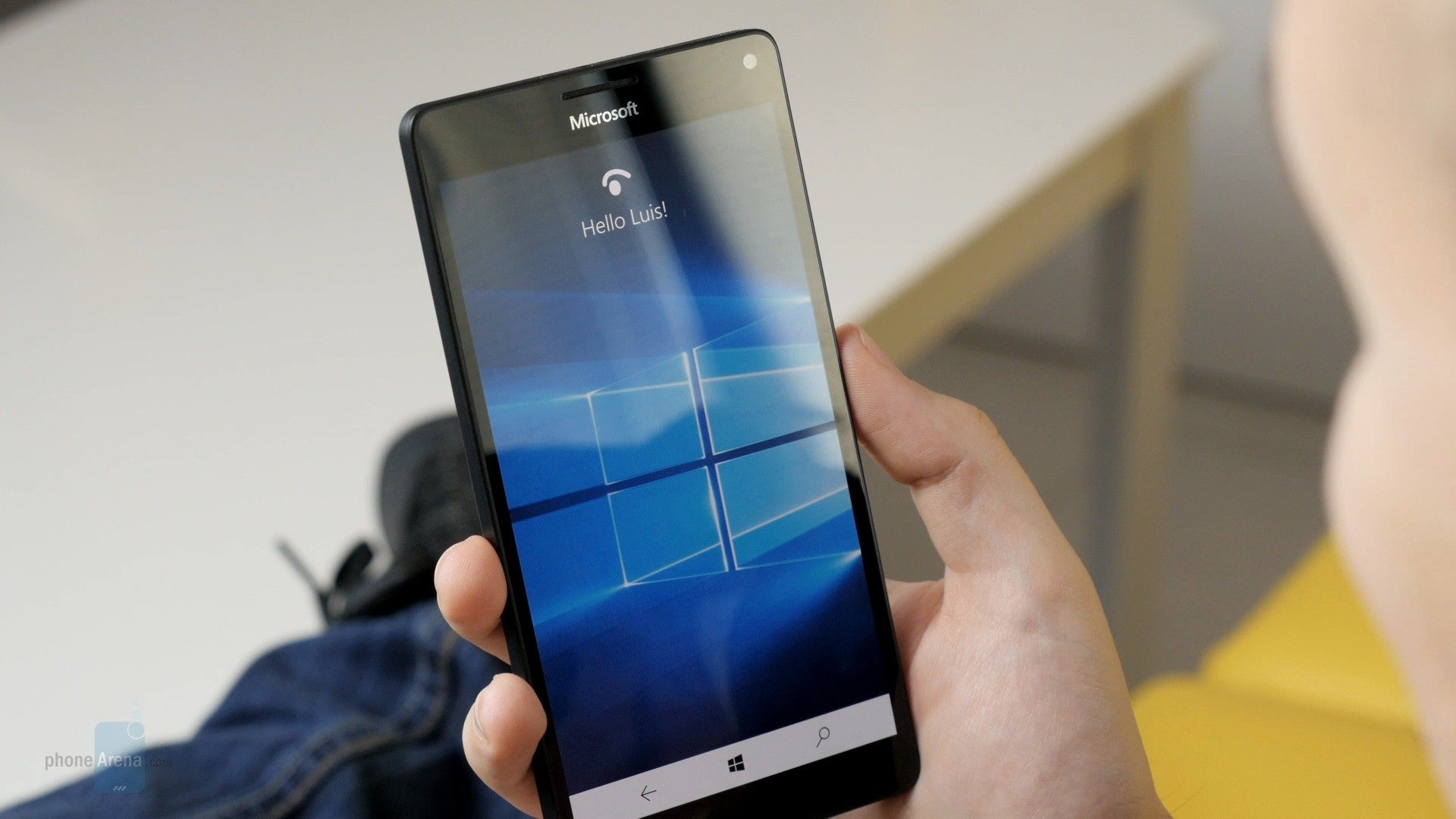We are due for two highly important smartphone announcements – the
Samsung Galaxy S7 and the
LG G5. Among all the things that make them special are the substantial rumors that both will feature eye scanning security, kick-starting the post-fingerprint sensor era of Hollywood-level biometrics security coming to devices for the everyday consumer. Truth be told, this is something we've been hearing years before, all the way back when the Samsung Galaxy S5 and the LG G3 still
inspired all sorts of brave predictions. However, mobile eye scanning is already a reality, and we actually have leaked information of such value as to give the rumors some credibility for a change.
Thus, for the first time in smartphone rumor-mongering history, we think that eye scanning security on the Galaxy S7 and the LG G5 might be for real! But more on that later. Right now, we reckon you might have a few questions. Is this eye scanning thing going to be a game changer, a lowly gimmick, or something in between? What does an iris scanner do and how does it do it? Do we really need such gizmos when fingerprint scanners seem perfectly good already? We'll try to answer these and give you everything we think you should know!
Background
Iris scanning in action on the Lumia 950 XL.
Although most people may have missed this fact, iris scanners have been available in a number of smartphones from last year. The Microsoft
Lumia 950 &
950 XL are the most recent example, but months before, we already had the
Fujitsu NX F-04G (sold in Japan), the
Vivo X5Pro and
ZTE Grand S3 (sold in China), and other handsets that are relatively obscure to non-Asian audiences.
With that said, iris scanners are still a novelty, because only a small number of smartphones have them, and for one reason or another, none of them are widely known to global consumers. But the technology is readily available, and as is the case with even the most bulletproof components, it's up to smartphone manufacturers to make the best of them with good engineering and solid algorithms. Being big and influential brands, we don't expect Samsung and LG will ship half-baked iris scanners on their "hero" phones. At worst, we expect an experience matching that of the newest Lumia handsets, which isn't prime for replacing the fingerprint scanner (but probably good enough to supplement it in some way).
Now, let's dig a little deeper and understand what is it that gives your eyeballs their magical smartphone-unlocking abilities!
How it works
The Fujitsu NX F-04G doing its thing.
So far, smartphones have seen two types of eye scanners. The Lumias and the Fujitsu, for example, have an IR light and an IR camera on the front, in addition to their normal selfie cameras. The IR light is generally invisible to the naked eye (but you do see the IR emitter appear as a red dot on the phone) and lets the process work regardless of the lighting conditions. After setting up a PIN unlock in case iris scanning fails, you bring the phone to your face, the IR LED lights up the iris patterns in your eyes, and a photo of them is taken by the IR front camera. Then, the software part of the equation kicks in. First, a hash code gets mathematically generated from the IR photo of your iris patterns. Each time you reach to unlock your smartphone, it scans your iris patterns and generates a hash code, which gets compared to the one extracted from the original iris pattern photo. If the two strike a match, the device gets unlocked.
All of this complicated math is cranked out in just a second or two, which is a testament to how powerful mobile processors have become. The encryption in use is your standard asymmetric cryptography scheme, in which a pair of keys is used to encrypt and decrypt a piece of information. Also, with high-quality iris scanners, it should be only the hash code that's present on your device. No photographs or other types of easily exploitable information are meant to remain in memory, or get transmitted between servers.
The second implementation, developed by Kansas City biometrics startup EyeVerify, works in much the same vein, but omits the IR light. Technically, its Eyeprint ID method doesn't scan the iris, but the patterns of blood vessels in the sclera (the whites of the eye), as well as other micro-features. Thus, it's able to do its thing with just the smartphone's front cam, but this simplicity may warrant some unwelcome trade-offs. For example, we're not sure how good the implementation fares in challenging light conditions without the IR LED. Moreover, the Vivo X5 Pro, which uses this technology, can take up to 20 uncomfortable seconds of holding your smartphone at eye level to register the patterns, and over 5 seconds to unlock, which sounds terrible.
Samsung's and LG's plans
Samsung and LG have been eyeing iris scanners for a while.
Which method will Samsung and LG utilize? We can't say for sure, but we have some clues. Samsung is an investor in EyeVerify, and back in September 2015, journalists unearthed a patent for an iris scanner system which uses near-infrared rays to recognize blood vessel patterns in eyes and software algorithms to encrypt them. The system uses a light source to illuminate your eyes and a light receiver to process the reflected light from the eyes. Inevitably, there's lots of ambient light and reflections of objects to stand in the way of proper functionality, thus multiple reflections are captured at different angles and compared as to filter out excess information. A final image is assembled and a hash code is generated from it, as per the standard procedure we described above.
As for LG, we read a number of times that the company is
working with fellow Korean firm Irience on developing an iris scanning module and algorithms for the upcoming LG G5. Last we heard, work on the hardware module is complete and the two are polishing the software to increase the recognition range from 12in (30cm) to a cool 20in (50cm). Irience's proprietary technology isn't fully detailed, but it has been in development for more than 15 years. Hopefully, LG and Irience have been meticulous and striving for greatness, rather than rushing towards a deadline.
Meanwhile, you should really check these out:
The user benefits
Eye scanning should be just as safe as fingerprint readers, but is contactless.
Here are some questions that may have popped up in your head as you read this. Why go the iris scanning route when we already have a safe, quick and reliable solution to guarding our data — fingerprint scanners? Doesn't the presence of military-level security tech on devices most of us use for casual communication seem a tad overkill? The fundamental answer to both is that protecting your personal data is important, and iris scanning could eventually become a safer, contact-less solution.
Eye recognition is non-contact, which brings forth some welcome advantages. Bearing close contact with our digits, fingerprint scanners easily get dirty and sometimes fail to function. An iris scanner is free of such problems and is also immune to the sort of tricks your children, friends, and jealous significant others can play on you — lightly touching your locked smartphone to your finger as you're asleep, and getting away with your most personal device.
However, it's going to take a while before eye scanning achieves the sheer convenience of a properly implemented fingerprint reader. The one on the Lumia 950 & 950 XL is the most advanced on the market, and at present, it's unable to stand up to fingerprint security's comfortable, refined operation. Rather than simply reaching for your phone, you must hold it against your eyes at an unnaturally close distance. Two times out of three, the scanner won't identify your stare if you're not looking at it directly, but at an angle. These shortcomings make for a significantly slower, cumbersome user experience compared to present fingerprint readers.
Expectations
Eye scanning works, but it's yet to be perfected.
Our experience with the Lumia 950 & 950 XL's iris scanners has convinced us that present fingerprint readers are faster and more convenient than holding your smartphone at a specific eye level and staring at its camera at a narrow viewing angle. The iris scanner isn't merely a gimmick, though. When perfected, it could make your smartphone a somewhat safer and more immediately unlockable device than the fingerprint reader. And even though it's not the kind of game changer that will render smartphone dactyloscopy obsolete, it's nevertheless a super cool thing to have!
At present, eye scanning is no competition for the fingerprint scanner's combination of immediacy and level of security. Thus, we think a combination of both will be ideal, as you will get to decide between two advanced, strongly secure methods according to your preferences. Maybe you'd like to use the iris scanner for unlocking and the fingerprint reader to authorize payments, or vice-versa, depending on your surroundings. We're certainly looking forward to how Samsung, LG, and other manufacturers may implement and further refine eye scanning technology. If, of course, they choose to adopt it in their upcoming flagships.





















Things that are NOT allowed:
To help keep our community safe and free from spam, we apply temporary limits to newly created accounts: